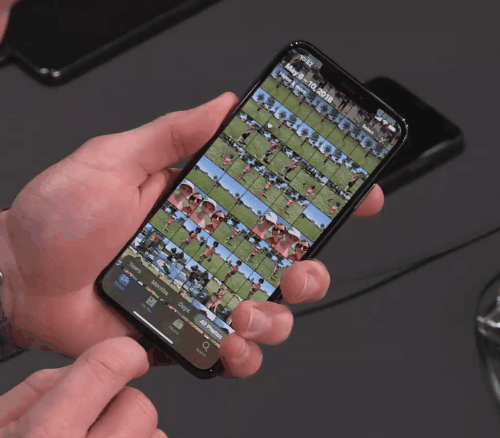What do subscription services and streaming mean for the future of gaming?
The future of gaming is streaming. If that wasn’t painfully obvious to you a week ago, it certainly ought to be now. Google got ahead of E3 late last week by finally shedding light on Stadia, […]
What do subscription services and streaming mean for the future of gaming? Continue »






